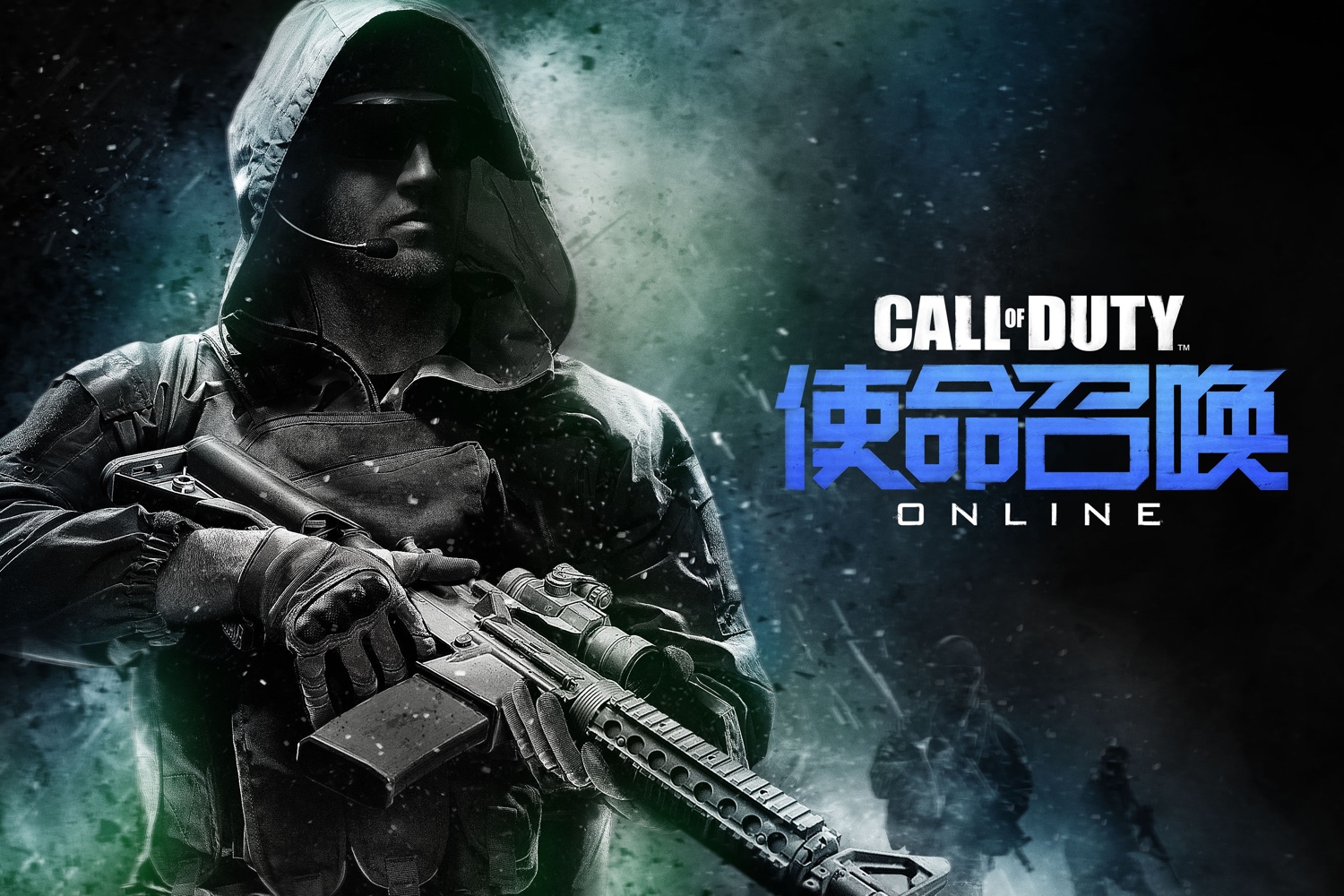
The biggest experiment in games magnate Activision’s history is underway right now. No, it’s not Bungie’s Destiny, nor Blizzard’s latest World of Warcraft expansion. And it’s not a resurgent live-streaming version of Guitar Hero, nor is it the world’s first toy-game (Skylanders) MMO.
I’m talking about something bigger still, and, ironically, something most of you reading this can’t play at all.
It’s Call of Duty Online, a bona fide free-to-play, PC-only multiplayer version of Activision’s popular Call of Duty shooter franchise that’s shifting from open beta to what Activision calls a “public open beta” today.
The catch: it’s for China, and China only.

Surprised? Don’t be. China is a gaming behemoth. The country is home to an estimated 368 million video game players. That’s more than the entire population of the United States. The surprise would be a company as affluent and internationally beholden as Activision not launching a major project like this in China.
Call of Duty Online isn’t “World of Warcraft with guns,” nor is it a geographically continuous first-person shooter drawn from predominantly fresh content.
Instead, longtime Call of Duty developer Raven Software and Activision Shanghai have cobbled together material from the Black Ops and Modern Warfare series subsets, folding them into a kind of multiplayer anthology. Imagine the top competitive maps and modes from the Black Ops and Modern Warfare games rolled into a single package and flavored with localized content, then shoehorned into a free-to-play framework with connective character-building tissue.
And the game’s local network host? Shenzen-based Tencent, the fourth-largest Internet company in the world after Amazon, Google and eBay.
Not that moving from West to East could have been simple. Consider the Western obsession with shambling corpses in books, films, TV shows–and in several of the Call of Duty games.
“We discovered a few interesting differences along the way,” Activision CEO Eric Hirshberg said when I asked him to list some of the cultural challenges in making the game. “For example, zombies play a big role in Call of Duty in the West, but culturally, characters that are undead have a very different cultural meaning in China.”
In the West, zombies are generally depicted as brainless, shambling husks. In China, the undead, or “jiangshi,” are rigor mortis-stiffened corpses that ambulate by hopping. The solution for Call of Duty Online? Zombies are out, cyborgs are in.
What about China’s so-called “anti-fatigue” system? This is China’s state-mandated watchdog approach to limiting how much time players can spend playing games, rolled out in 2007. An Activision spokesperson confirmed to me that yes, in fact, Call of Duty Online is fully compliant with Chinese playtime requirements (a curious requirement that presumably impacts Activision’s revenues).
See The 15 Best Video Game Graphics of 2014

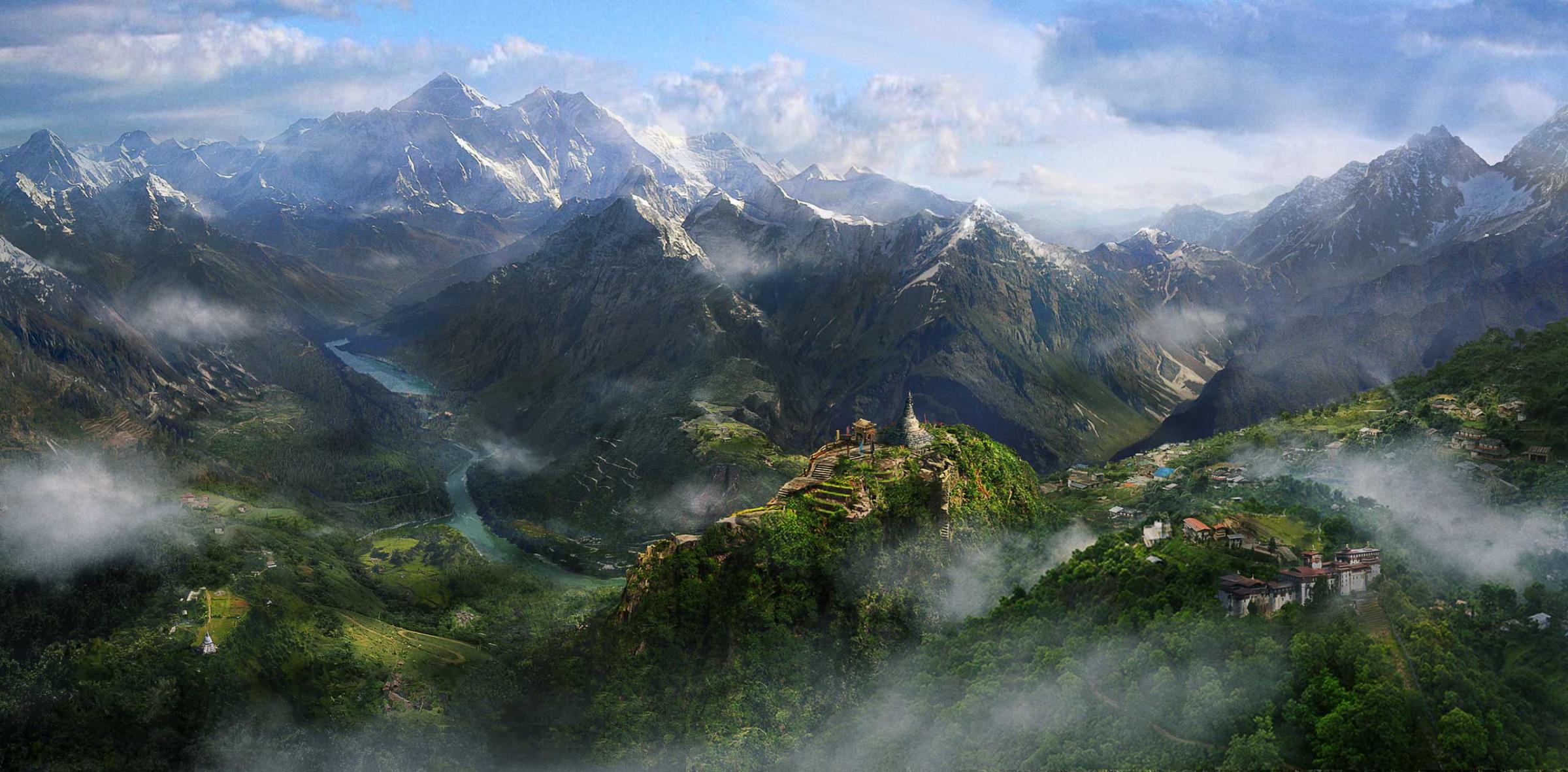


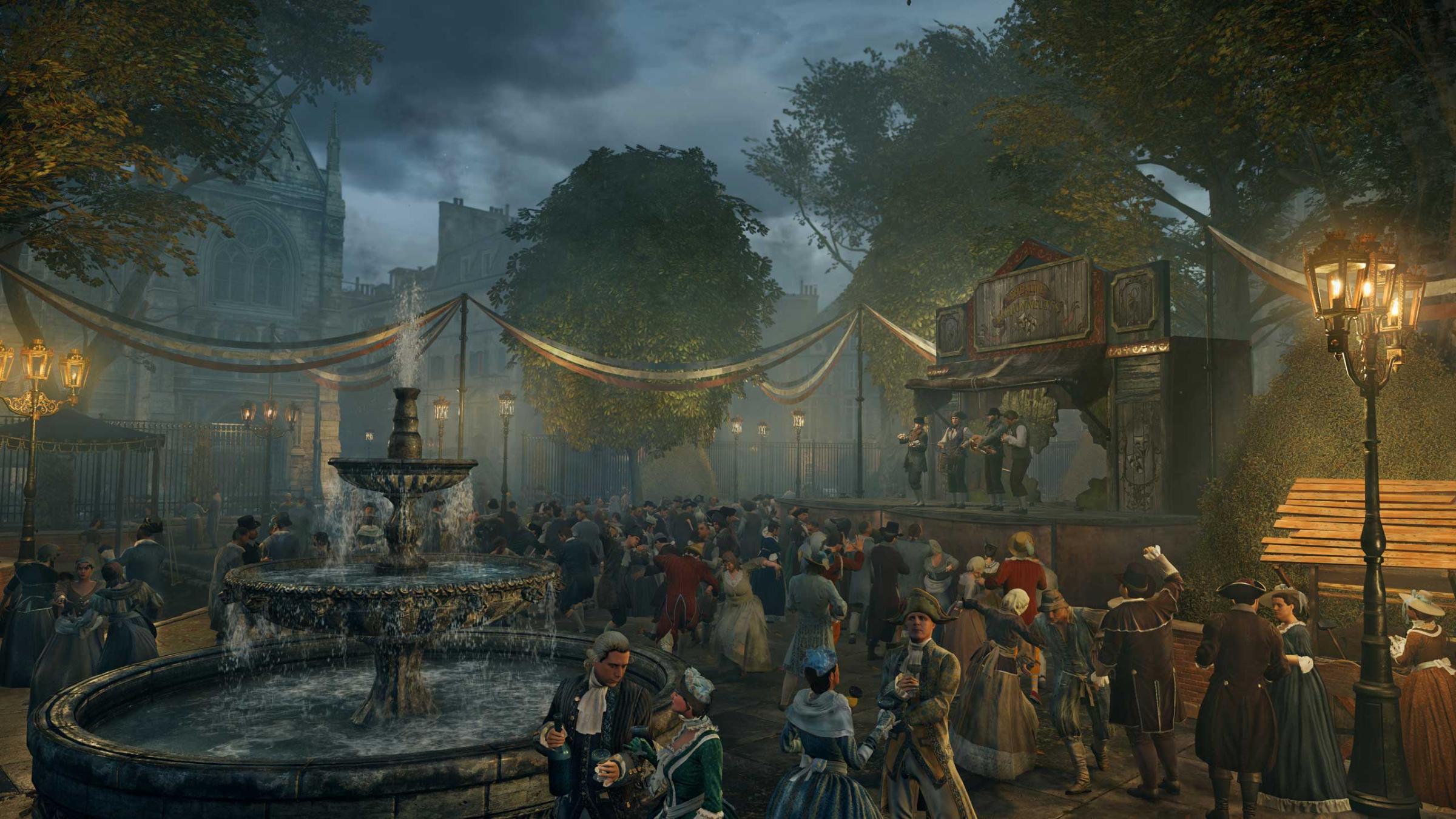
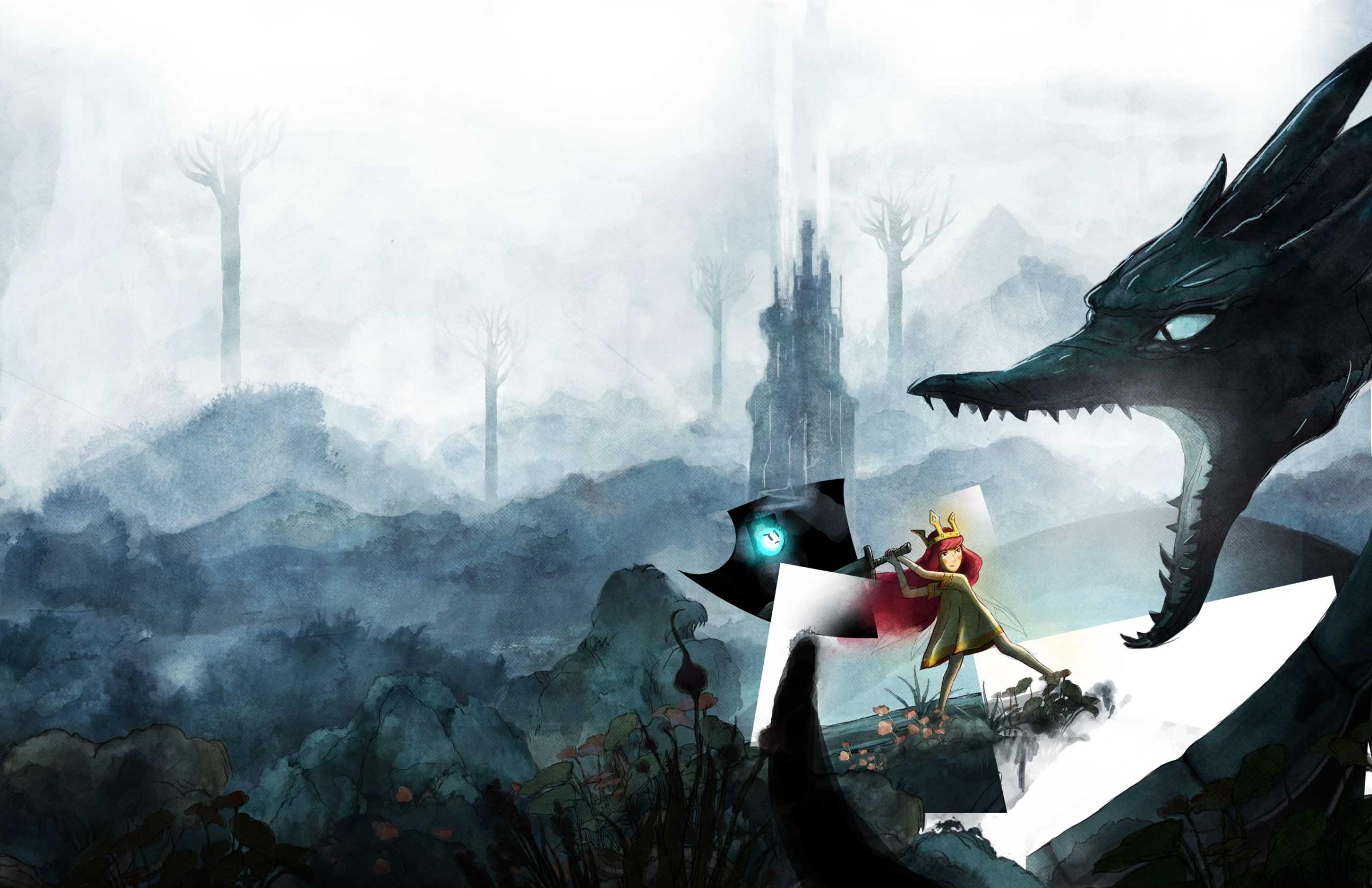
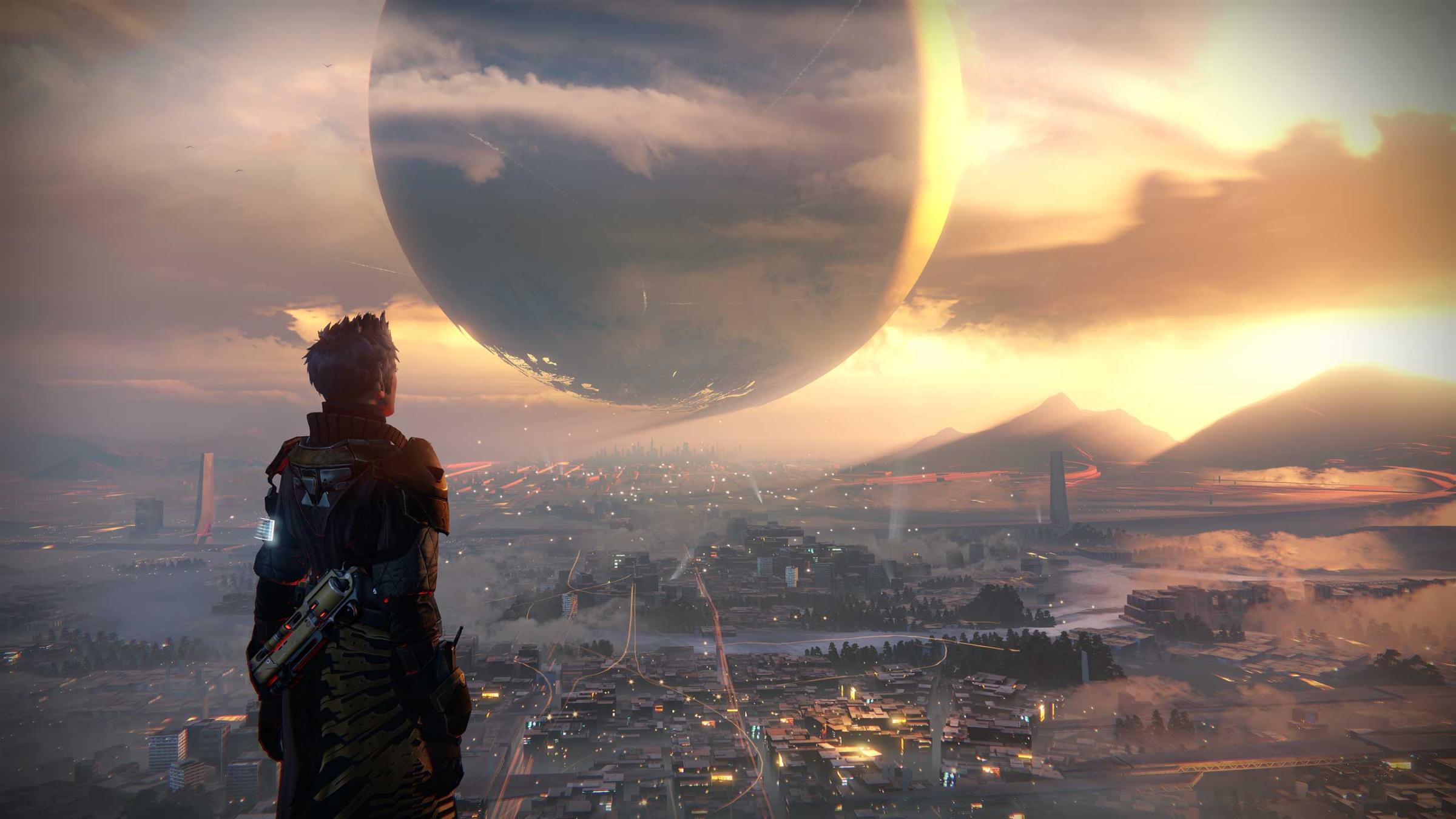

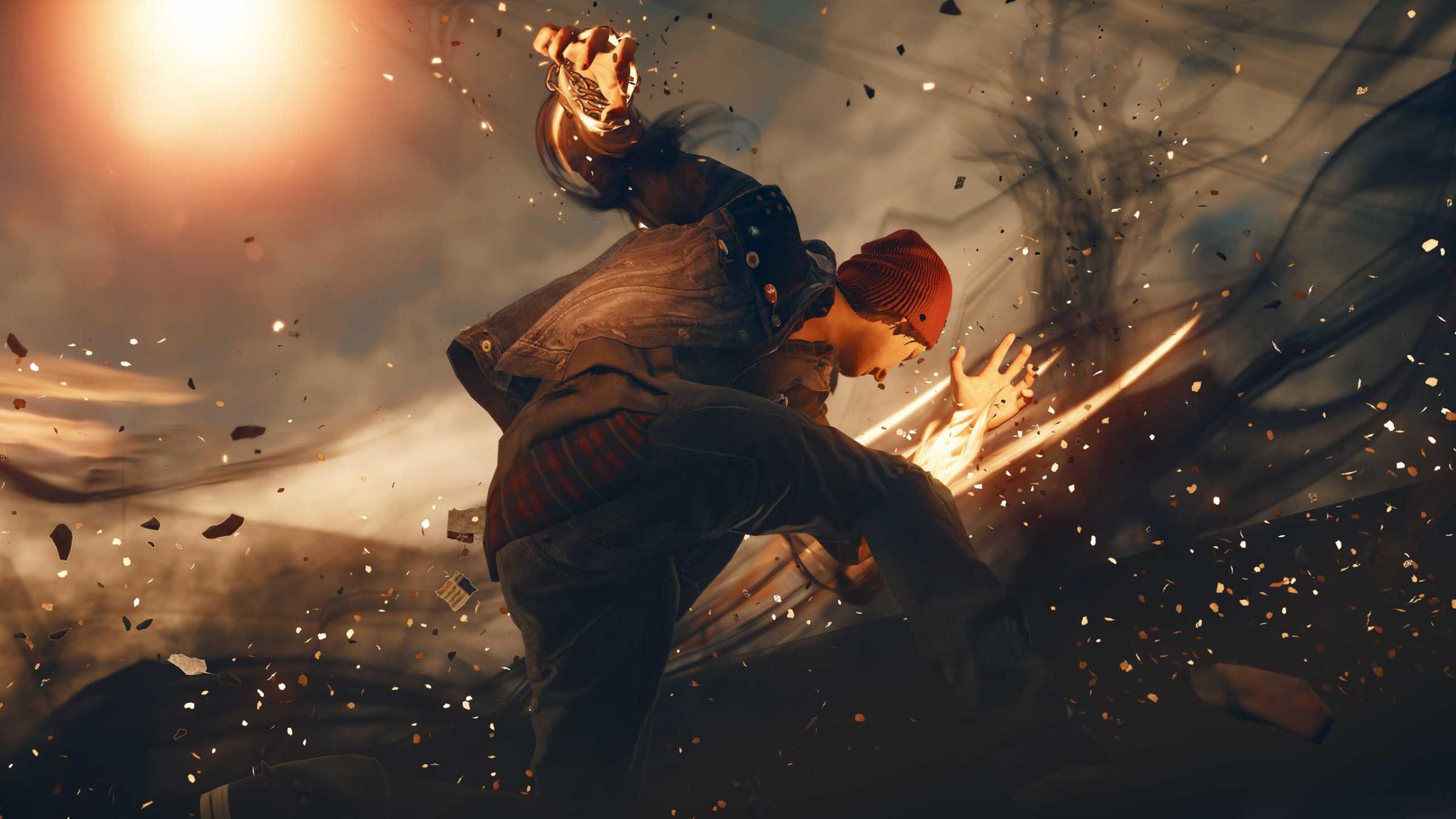
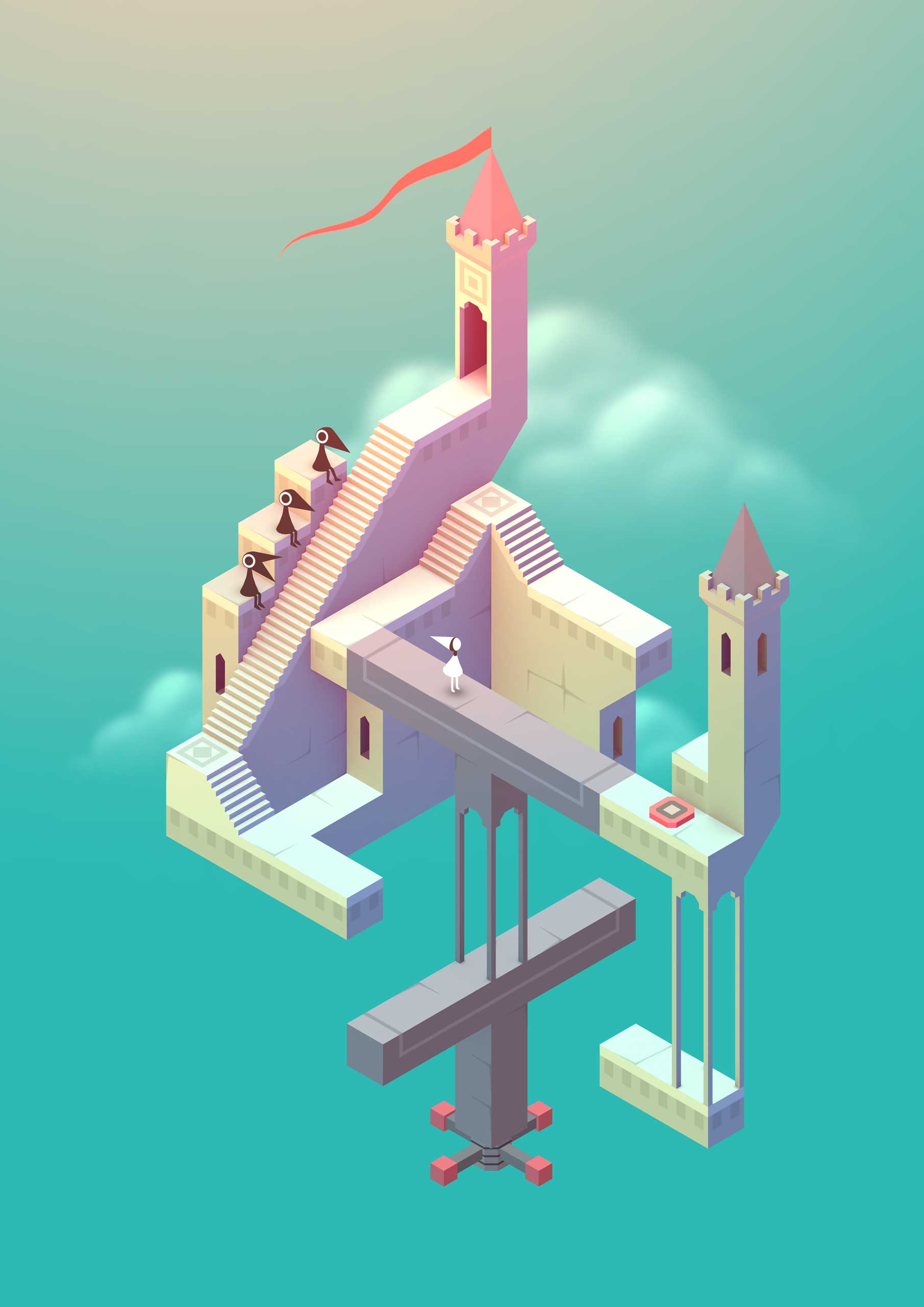

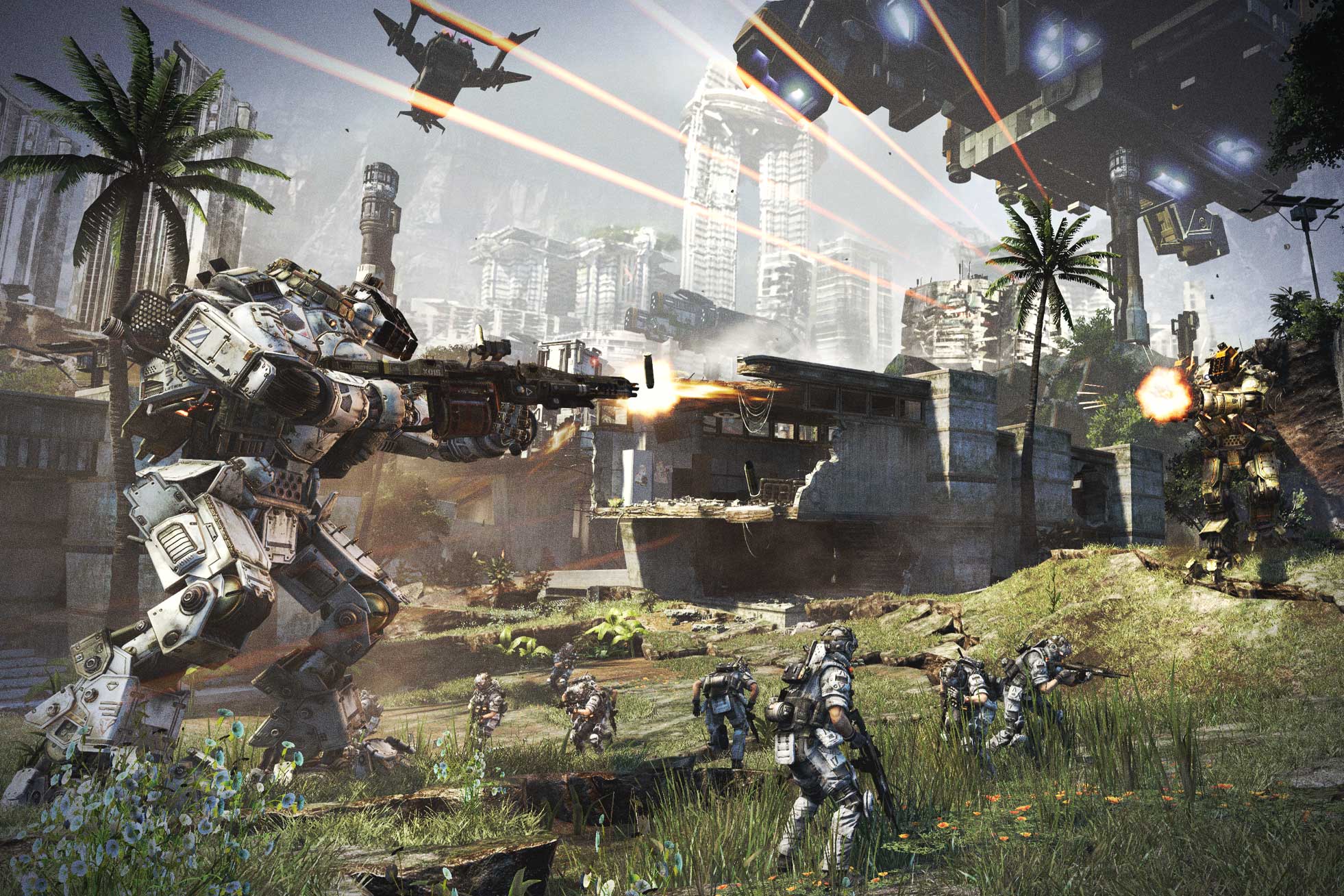
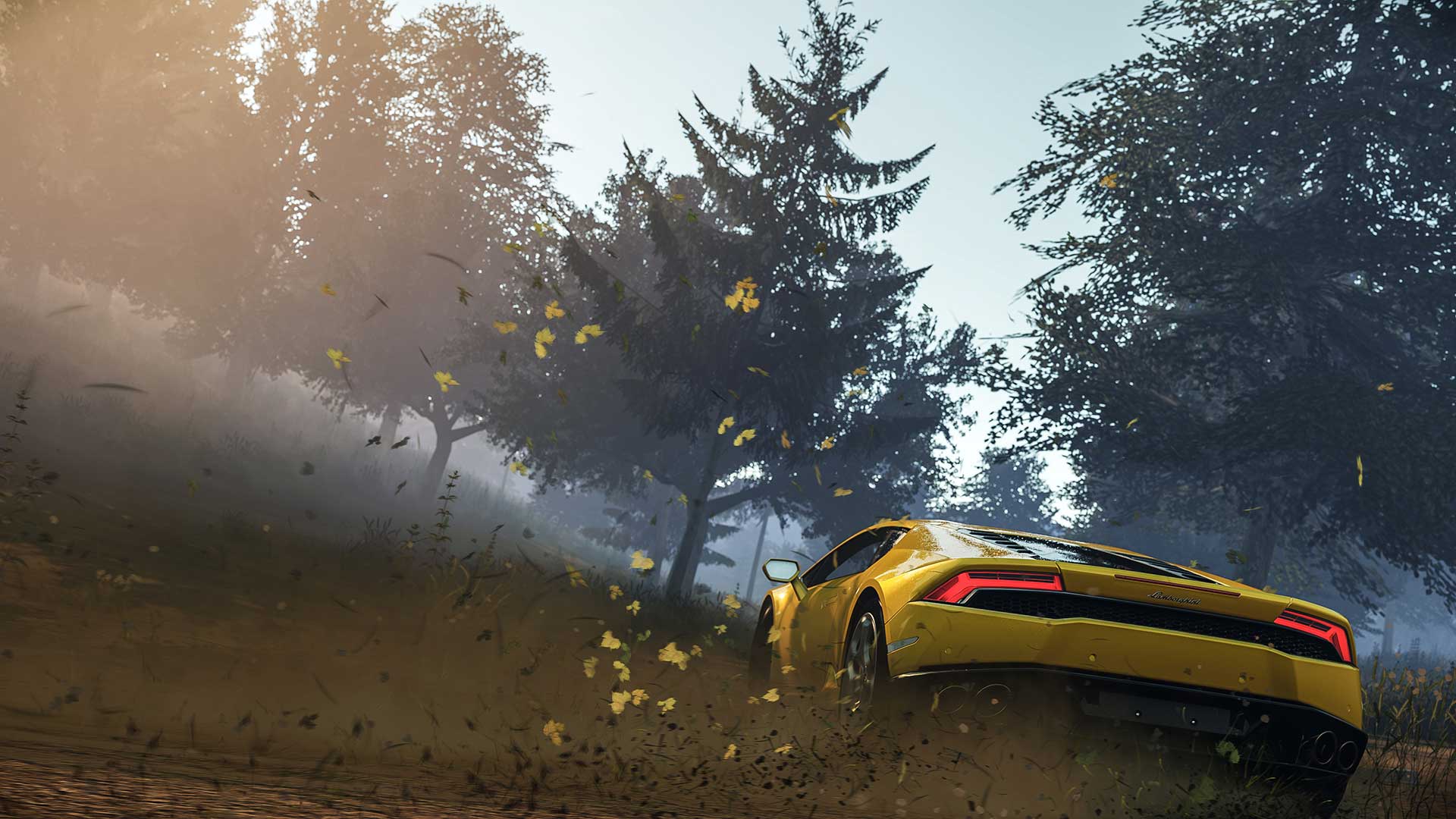

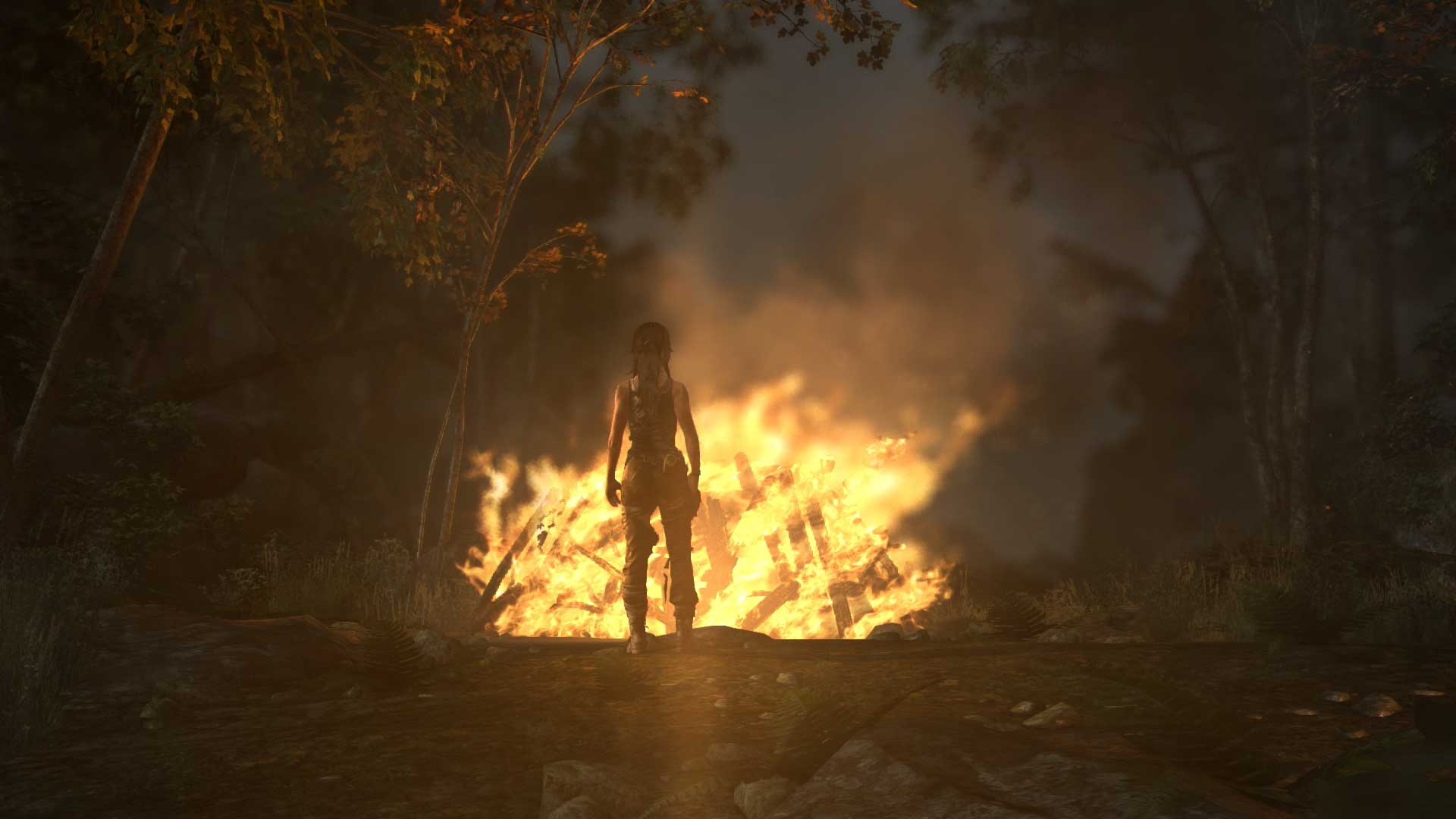
Chinese gamers have had access to the game for at least a year, of course, making this more of a transitional event. What’s the difference between an “open beta” and an “open public beta” anyway?
“This is the first time it’s really out in the wild,” said Hirshberg. “Everything we’ve done up to now has been for more controlled, finite audiences.”
So why tease Western gamers with a game they can’t play? Hirshberg says it’s simply because there’s been a lot of curiosity in the West about the new title. Not that anyone’s saying Call of Duty Online won’t eventually visit other regions. As Hirshberg himself noted a year ago, speaking about what his company stands to learn from a Call of Duty game spun in microtransactive form: “[There] are a few other regions where that would be very relevant.”
Read next: Why 2014 Was the Year Sex Got Real in Video Games
More Must-Reads From TIME
- The 100 Most Influential People of 2024
- The Revolution of Yulia Navalnaya
- 6 Compliments That Land Every Time
- What's the Deal With the Bitcoin Halving?
- If You're Dating Right Now , You're Brave: Column
- The AI That Could Heal a Divided Internet
- Fallout Is a Brilliant Model for the Future of Video Game Adaptations
- Want Weekly Recs on What to Watch, Read, and More? Sign Up for Worth Your Time
Write to Matt Peckham at matt.peckham@time.com